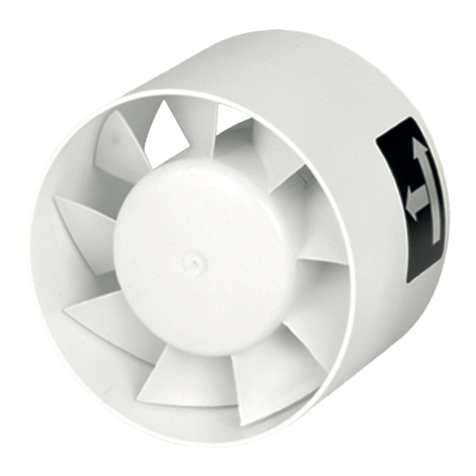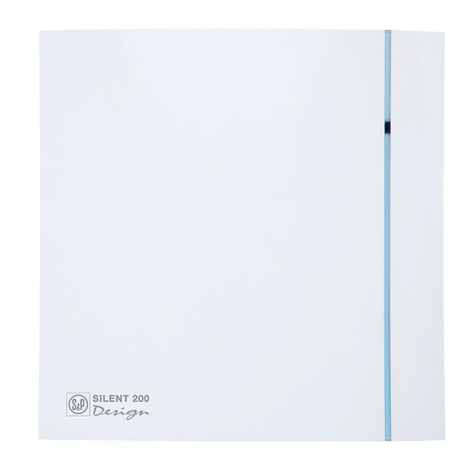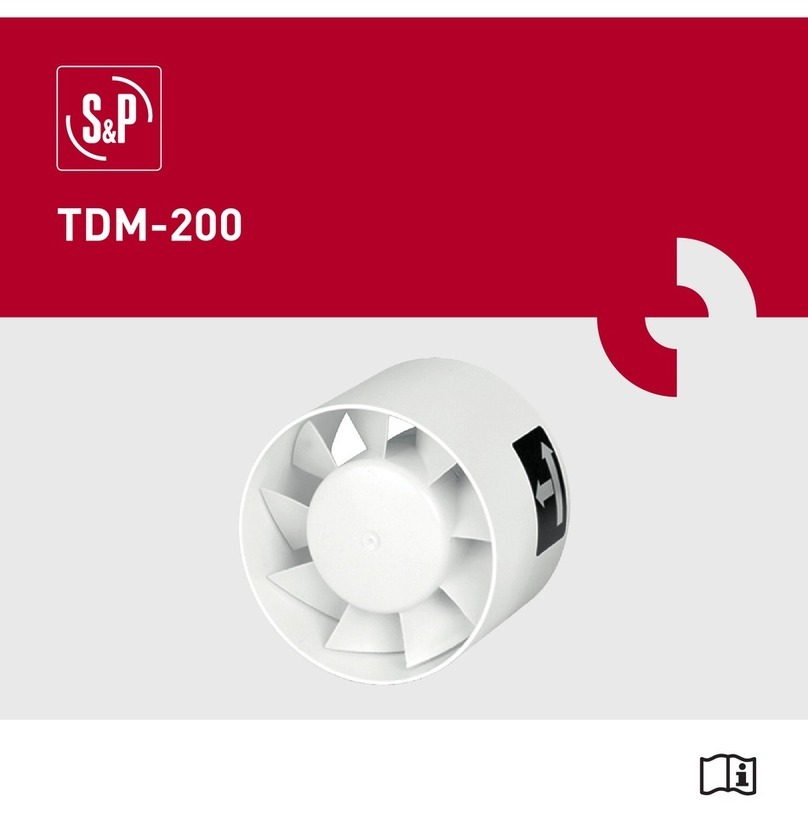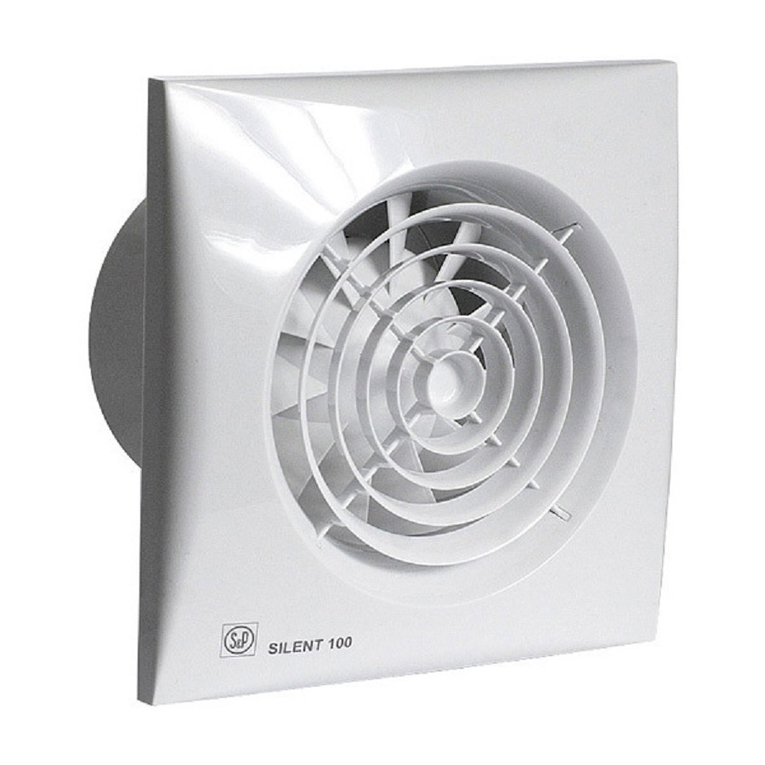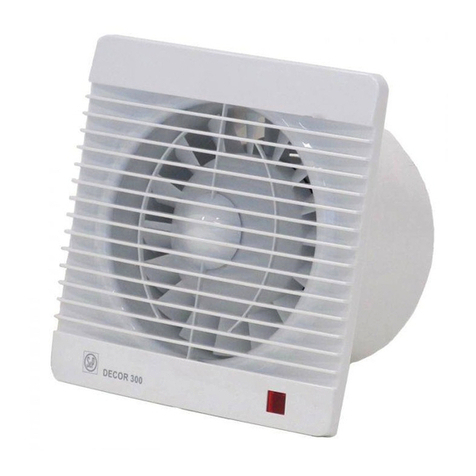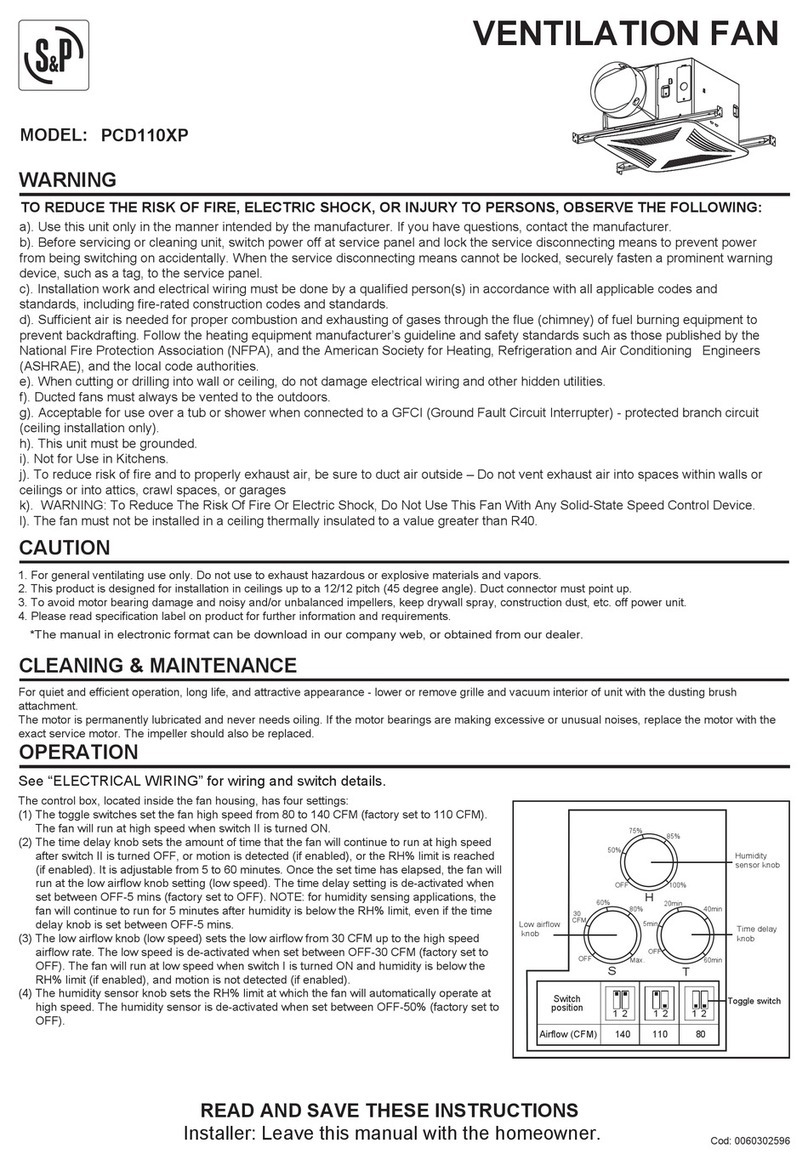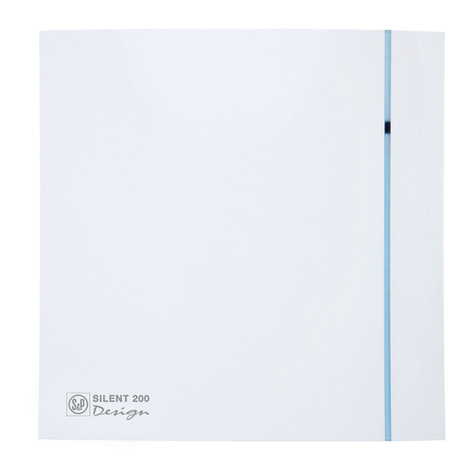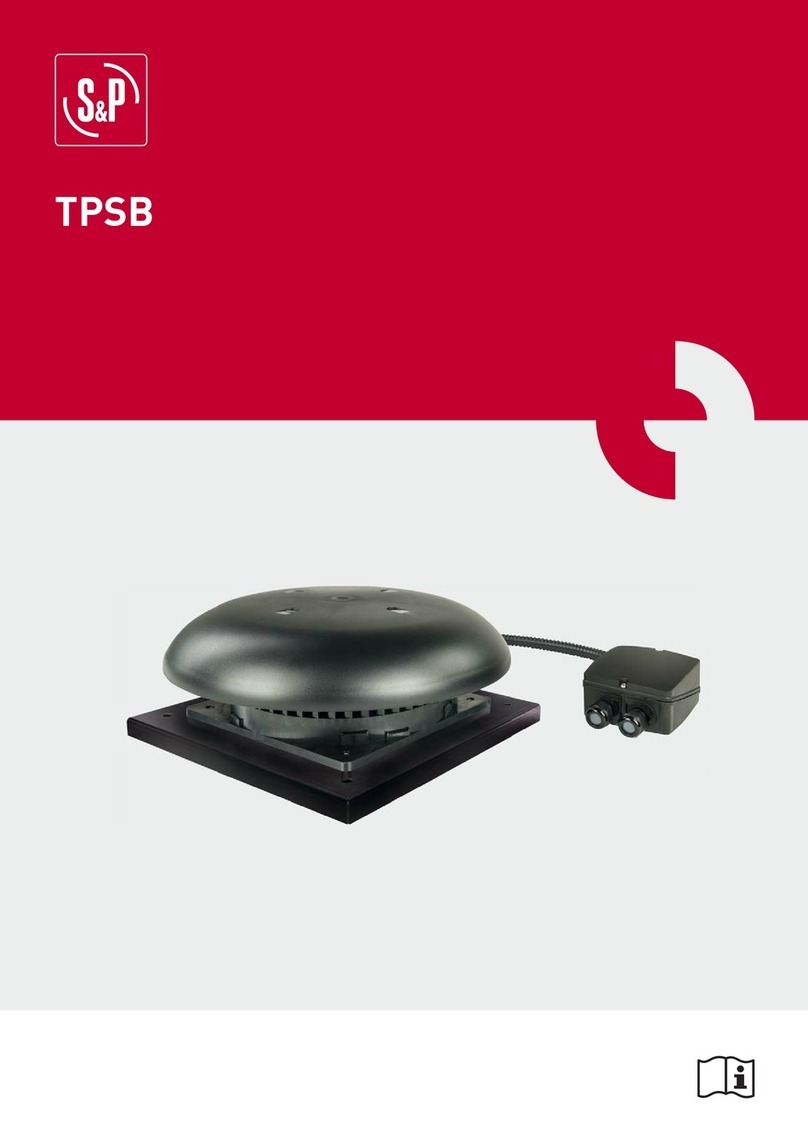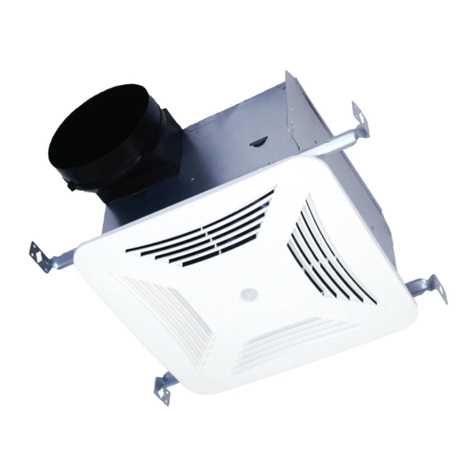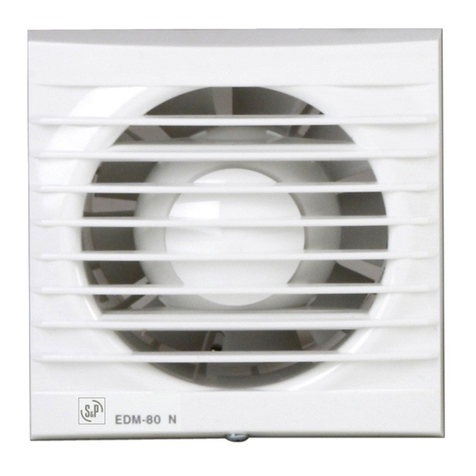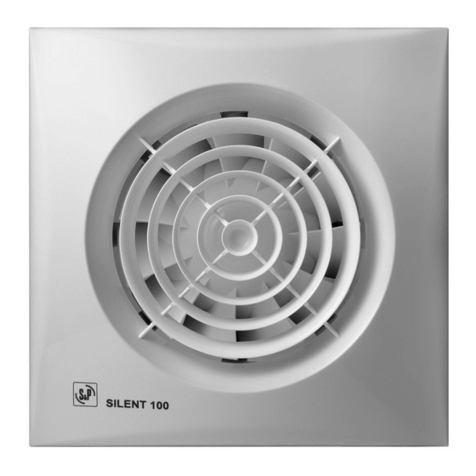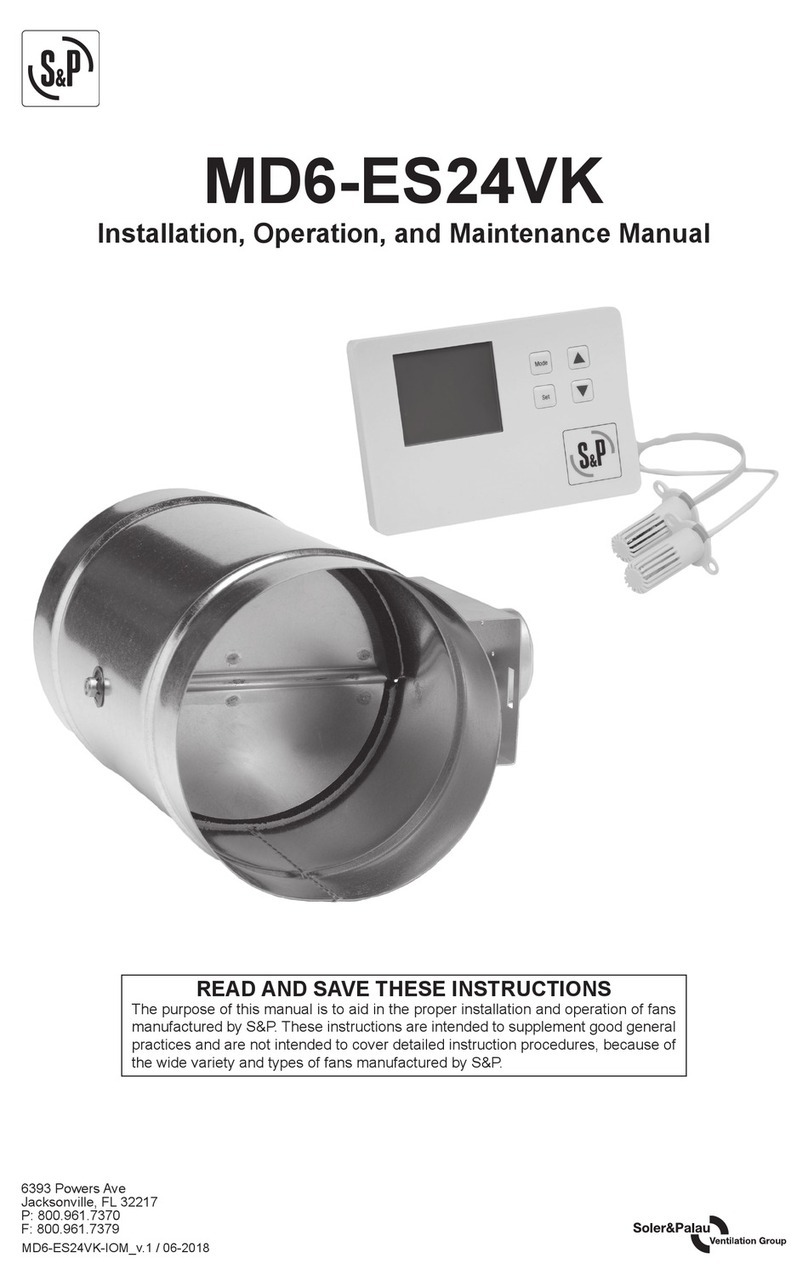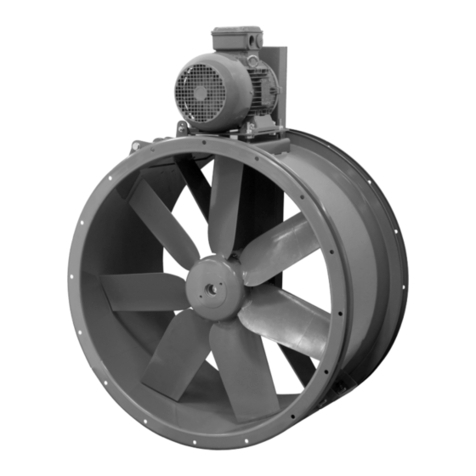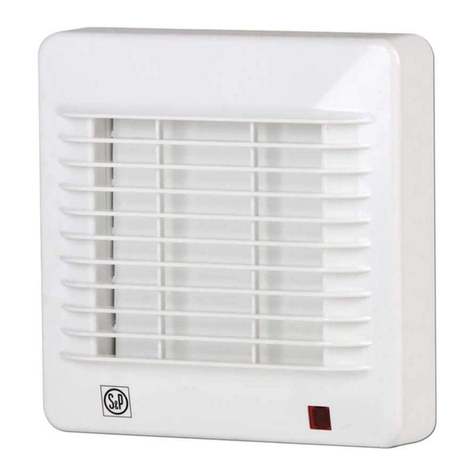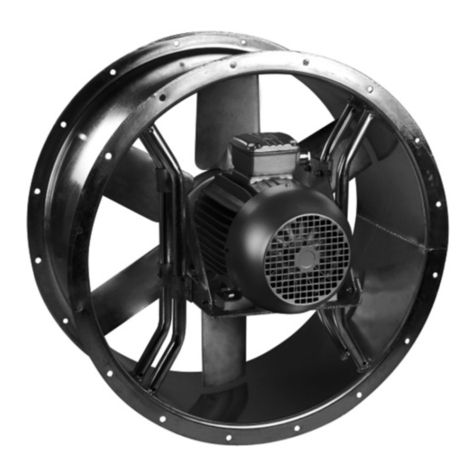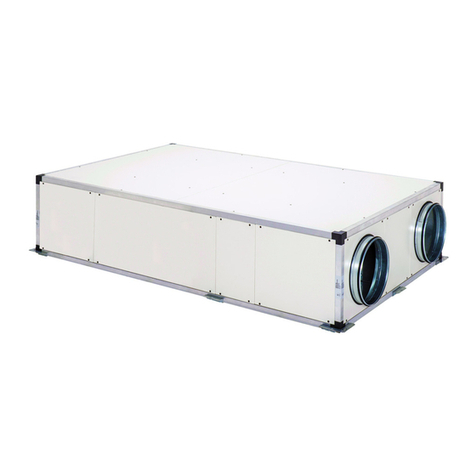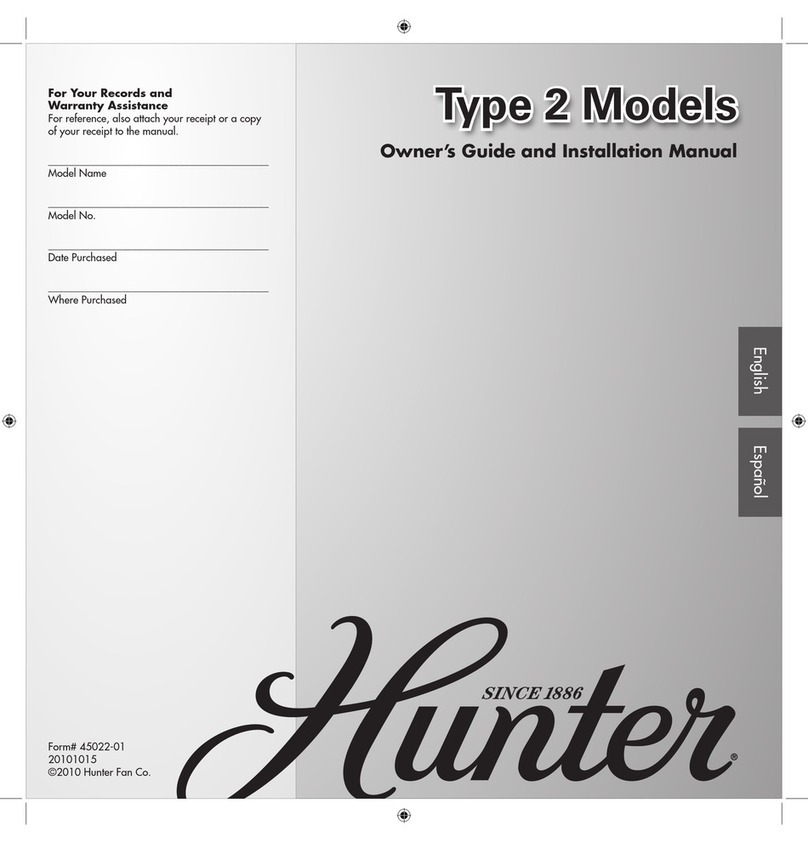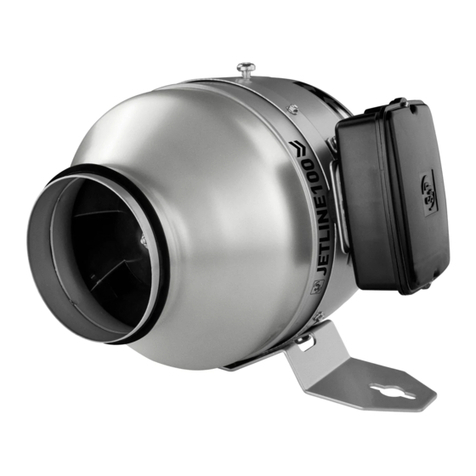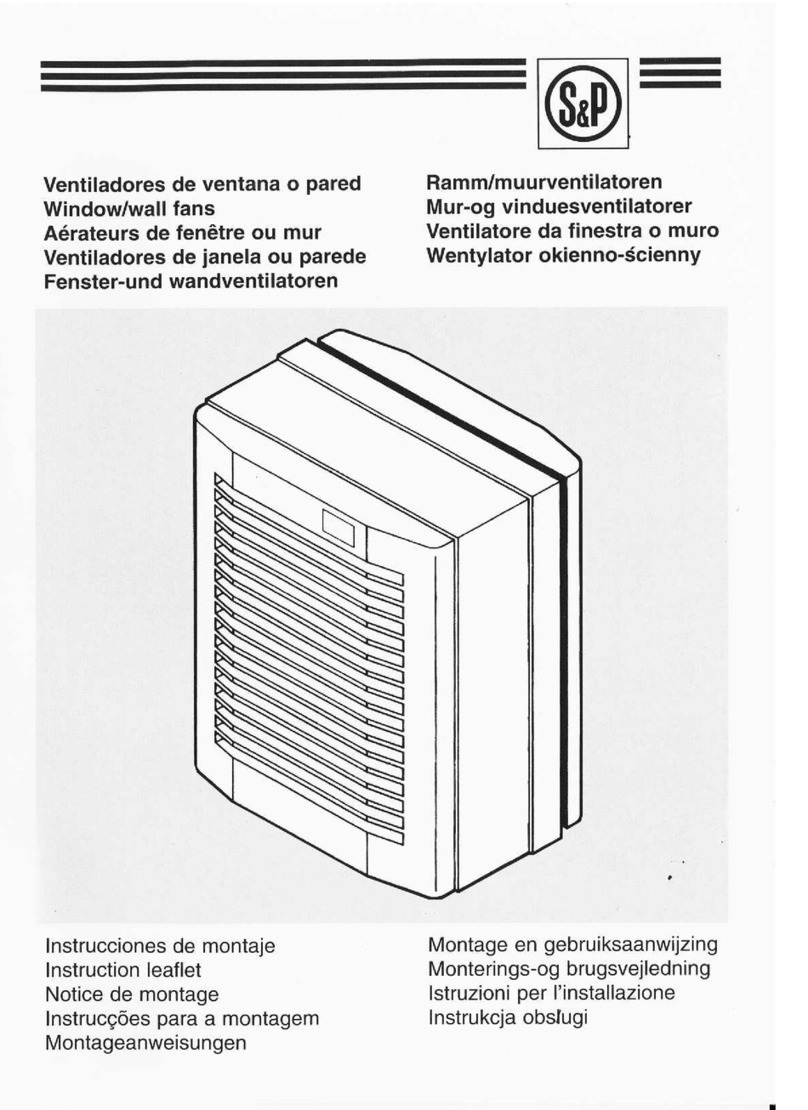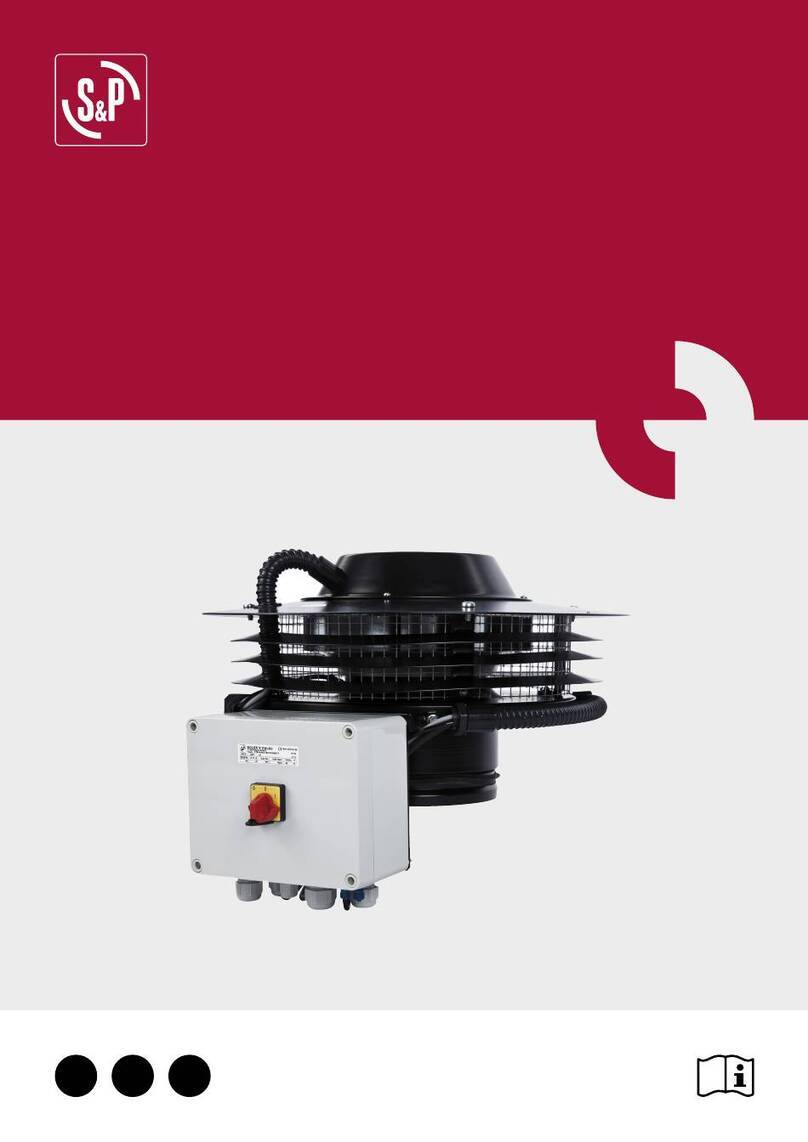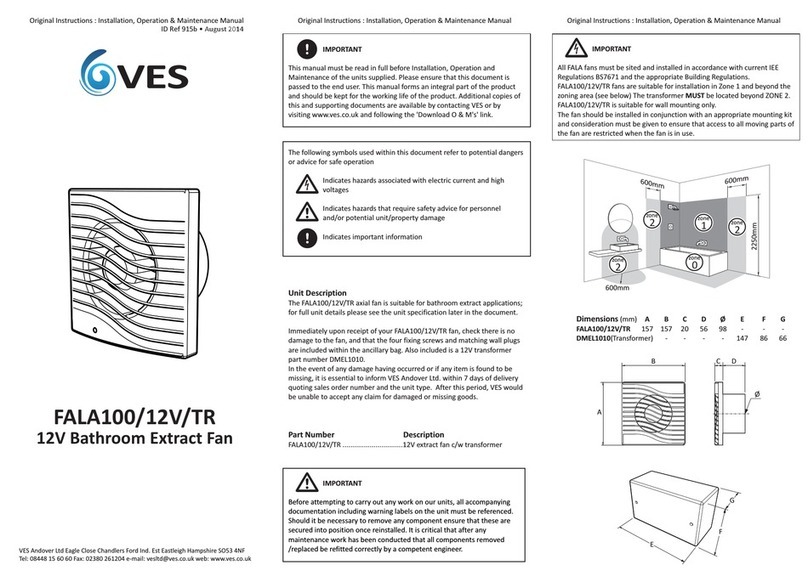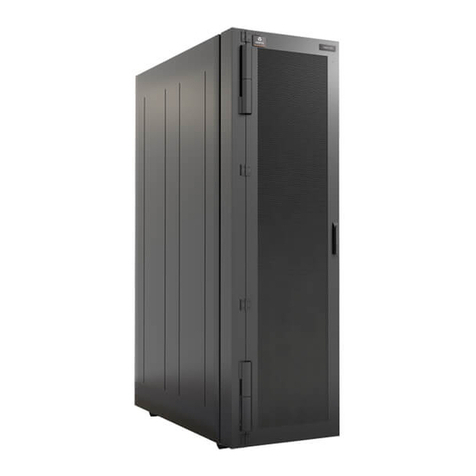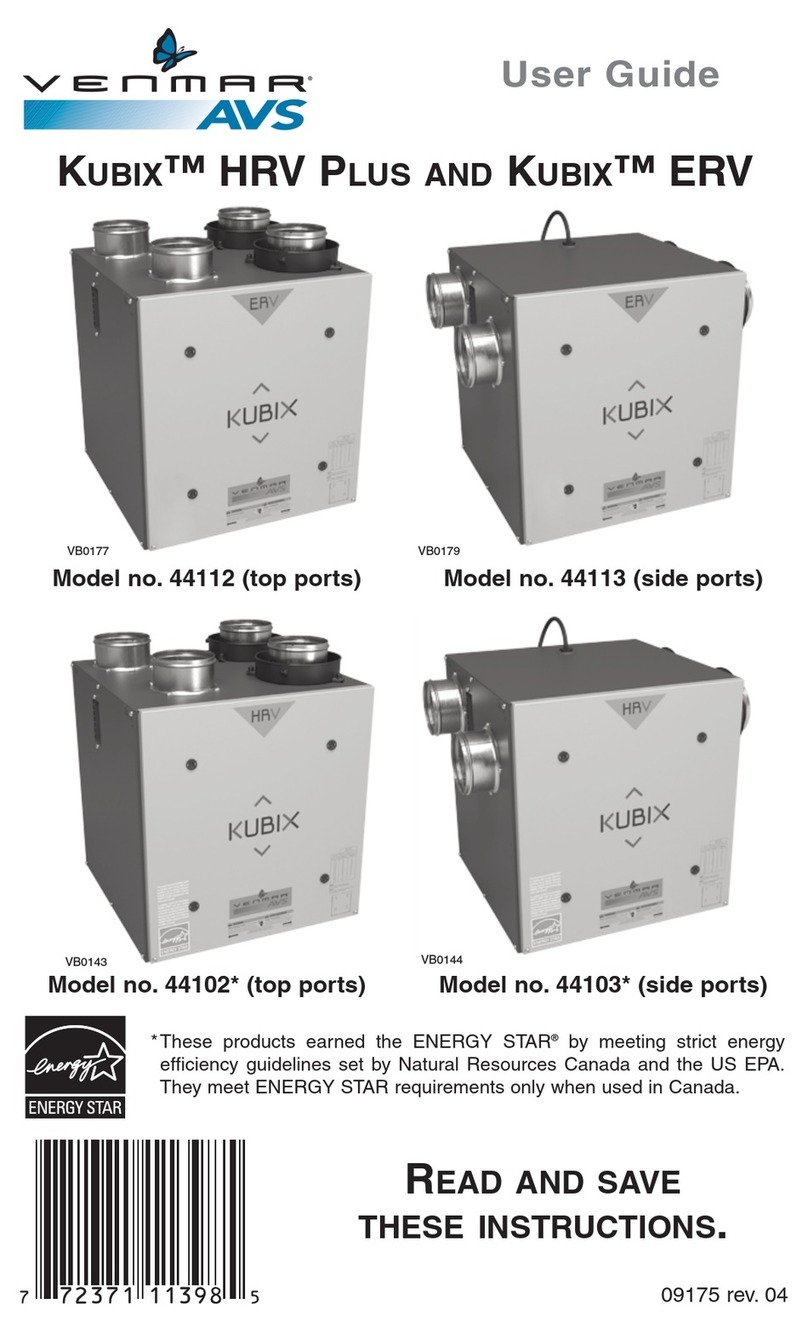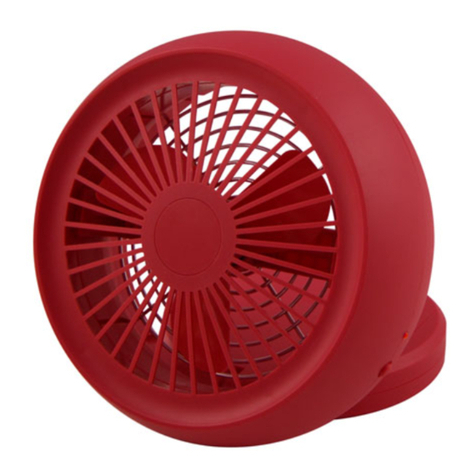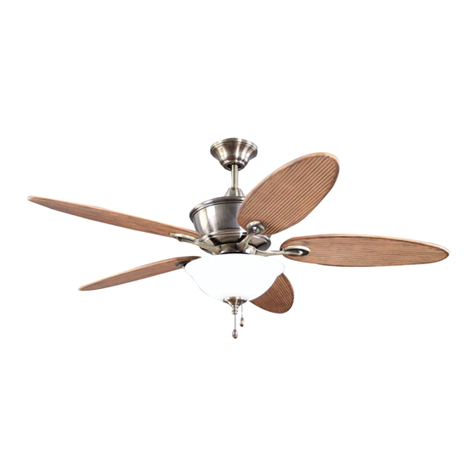
8
ESPAÑOL
9. Caja de control.
10. Mando a distancia (2 x Batería AAA).
11. Soporte pared para mando a distancia.
12. Manual de Instalación y uso.
Siga los siguientes pasos, para montar y fijar el aparato:
Nota: Debido a su envergadura y peso, no monte las palas del ventilador hasta que esté total-
mente colgado y conectado. Siga los pasos de montaje, en el orden indicado a continuación:
1. (Figura 2) Extraiga el clip de seguridad (1) y el pasador inferior (2) del mástil. Desatornille
los tornillos superiores (3-4) para poder extraer el pasador de la rótula superior. Esto le
facilitará poder pasar los cables por el interior del mástil.
2. (Figura 3) Pase el mástil (5) por el interior de la copa superior (4) y la copa inferior (6). Se-
guidamente pase los cables de motor y el cable metálico de seguridad, por el interior del
mástil.Una el mástil al motor mediante los dos tornillos (3). Vuelva a colocar el pasador
inferior (2) y asegúrelo con el clip de seguridad (1).
Igualmente vuelva a poner el pasador superior en el mástil, y fije firmemente la rótula
superior mediante los tornillos (6-7).
3. (Figura 4) Practique cuatro agujeros de diámetro 10 mm y uno de diámetro 12 mm. Fije el
soporte al techo mediante los cuatro tacos metálicos de expansión de diámetro 10 mm (1),
las arandelas y las tuercas suministradas.
Seguidamente fije el taco metálico de expansión de diámetro 12 mm (2) para la fijación del
cable de seguridad.
Asegure que todas las tuercas queden bien apretadas y el soporte totalmente fijo (sin
movimiento).
ATENCIÓN: El techo o estructura donde fijar el aparato, deberá ser lo suficientemente
robusto/a y firme para soportar un peso de: 100 Kg / 20 cm2.
4. (Figura 5) Cuelgue el mástil en el soporte techo. Para evitar que el mástil contra rote,
haga girar el conjunto hasta que la ranura del acoplamiento del mástil (1) encaje con el
resorte del soporte techo (2).
Pase el cable de seguridad metálico (3) alrededor del soporte techo (soga) y asegúrelo
apretando con fuerza, el tornillo del perno de seguridad (4). Seguidamente pase el cable
de seguridad por el interior del agujero del taco metálico de diámetro 12 mm, y asegure el
conjunto con el segundo perno de seguridad (5).
5. CONEXIÓN ELÉCTRICA (Figura 6)
ADVERTENCIA: Antes de iniciar la conexión del ventilador, asegúrese de que está desco-
nectado de la red eléctrica y la tensión de alimentación coincide con los datos indicados en
la placa de características del ventilador.
1. Conecte los cables procedentes del motor, con el conector rápido de la caja de control (1).
